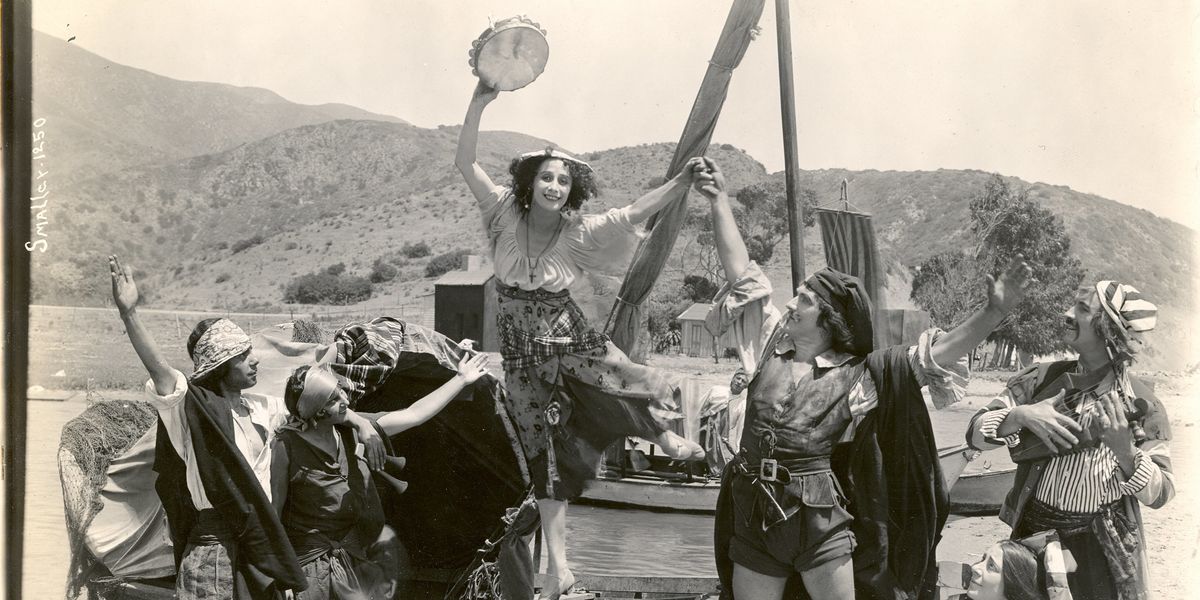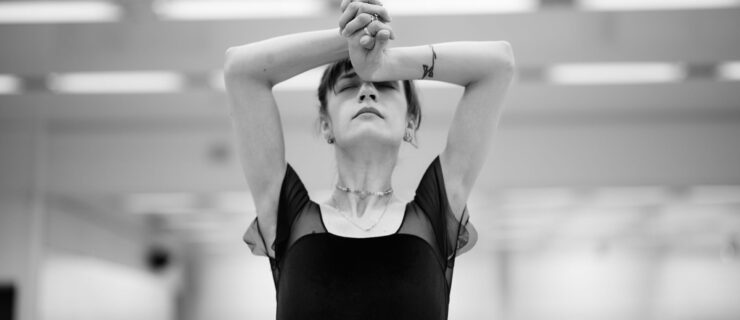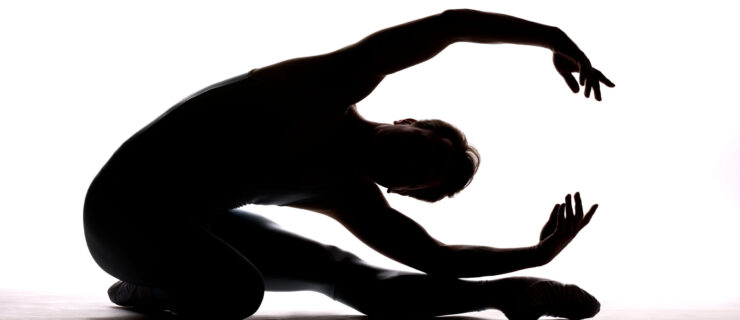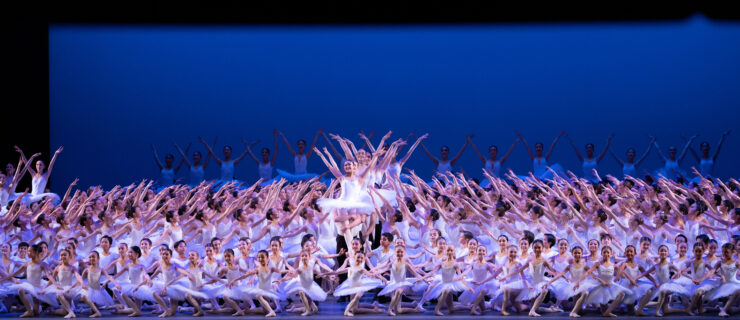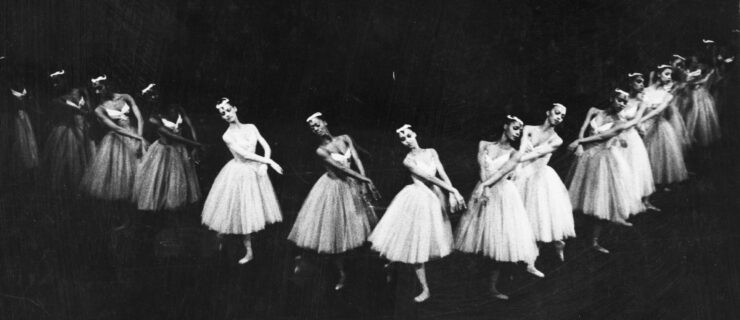Anna Pavlova's 1916 Feature Film Debut is Coming to DVD
Any ballet lover has seen a blurry film of the incomparable Anna Pavlova dancing “The Dying Swan,” but there isn’t much other footage out there to attest to the great ballerina’s talent. That’s all about to change. On February 6, the Library of Congress and Milestone Films are releasing the newly restored version of Lois Weber’s 1916 film The Dumb Girl of Portici on DVD and Blu-ray, starring none other than Pavlova.
Weber was a pioneer filmmaker, directing an estimated 135 silent films over the course of her life. She died in 1939 at age 60. Though women couldn’t yet vote, they thrived in the movie industry. And, as New York Times critic Manohla Dargis puts it, “Weber thrived above all others… yet, like most female directors of that era, she faded into obscurity.” The Dumb Girl of Portici was one of Universal’s most expensive films to date, featuring an enormous cast and ambitious sets. Weber adapted the film from Daniel Auber’s 1829 opera La Muette de Portici, which Pavlova had starred in on stage with the Boston Opera Company. The opera tells the story of Fenella, a mute (dumb was a contemporary synonym) fisher-girl living during the Spanish occupation of Naples in the mid-17th century, who is seduced and abandoned by a Spanish nobleman.
 Pavlova with Weber and her husband and co-producer Phillips Smalley on set. Photo Courtesy The Library of Congress.
Pavlova with Weber and her husband and co-producer Phillips Smalley on set. Photo Courtesy The Library of Congress.
Though dance sequences at the beginning and end of the film portray Pavlova as we know her, in the film she shows off her newly-honed acting chops. Library of Congress nitrate film vault manager George Willeman, who along with coworker Valerie Cervantes is credited with bringing the film back to life over the course of the past three years, says Dumb Girl marks Pavlova’s debut onto the silver screen. Yet the film did very poorly upon its initial release. Willeman believes the problem was in the audience’s expectations. “People went to see the film to see Pavlova dance, but she doesn’t do much dancing,” he says. Willeman speculates that the dance sequences at the beginning and end were added at the last minute to appeal to Pavlova’s fans. Yet according to New Yorker dance writer Joan Acocella, Pavlova’s acting is the reason to see the film; it shows a markedly different side of the star.
 Pavlova behind the 35 mm camera used to shoot the film. Photo Courtesy the Library of Congress.
Pavlova behind the 35 mm camera used to shoot the film. Photo Courtesy the Library of Congress.
The completed recreation to be released next month features an original score by contemporary composer John Sweeney and includes bonus footage of Pavlova in newsreels and dancing, as well as her home movies (we hope this footage of her chatting to her pet swans isn’t left out).
